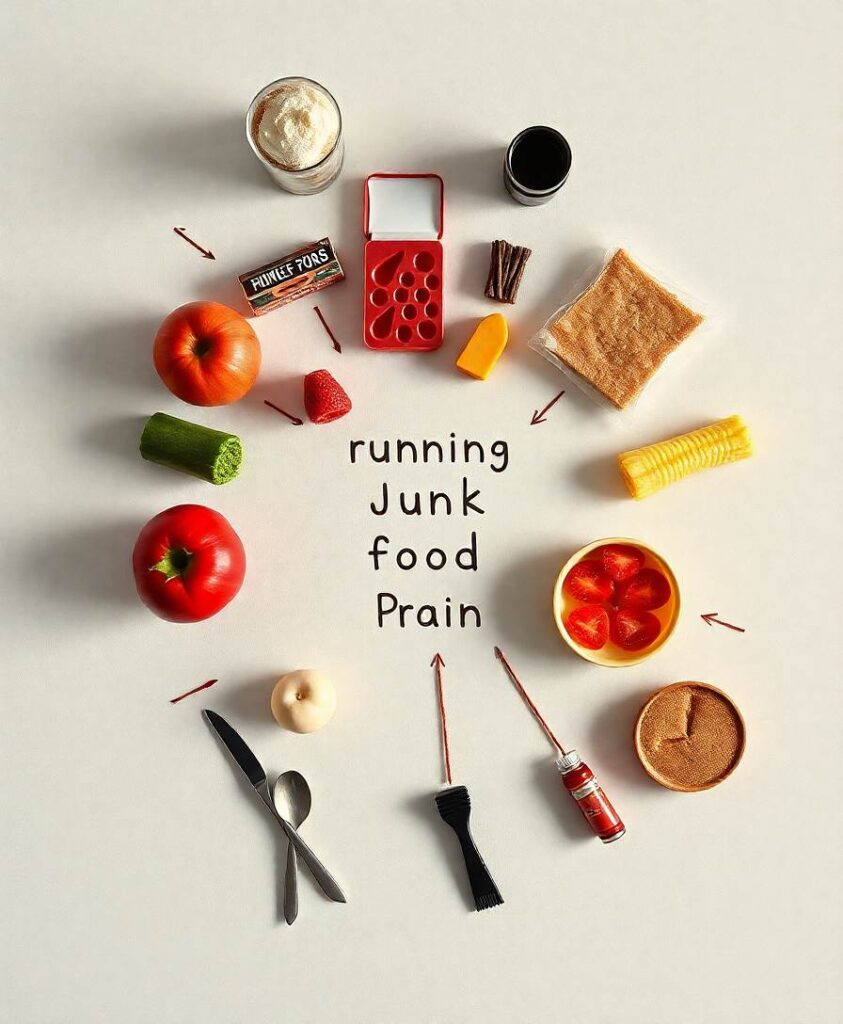Exercise increases levels of a chemical involved in brain cell growth, which bolsters the release of the ‘feel good’ hormone dopamine, a new study shows. Dopamine is known to play a key role in movement, motivation, and learning. Experts have long understood that regular running raises dopamine activity in the brain and may protect nerve cells from damage. In addition, past research has tied exercise-driven boosts in the dopamine-triggering chemical called brain-derived neurotrophic factor (BDNF) and in dopamine levels to improvements in learning and memory. However, the precise way these three factors interact has until now remained unclear.



